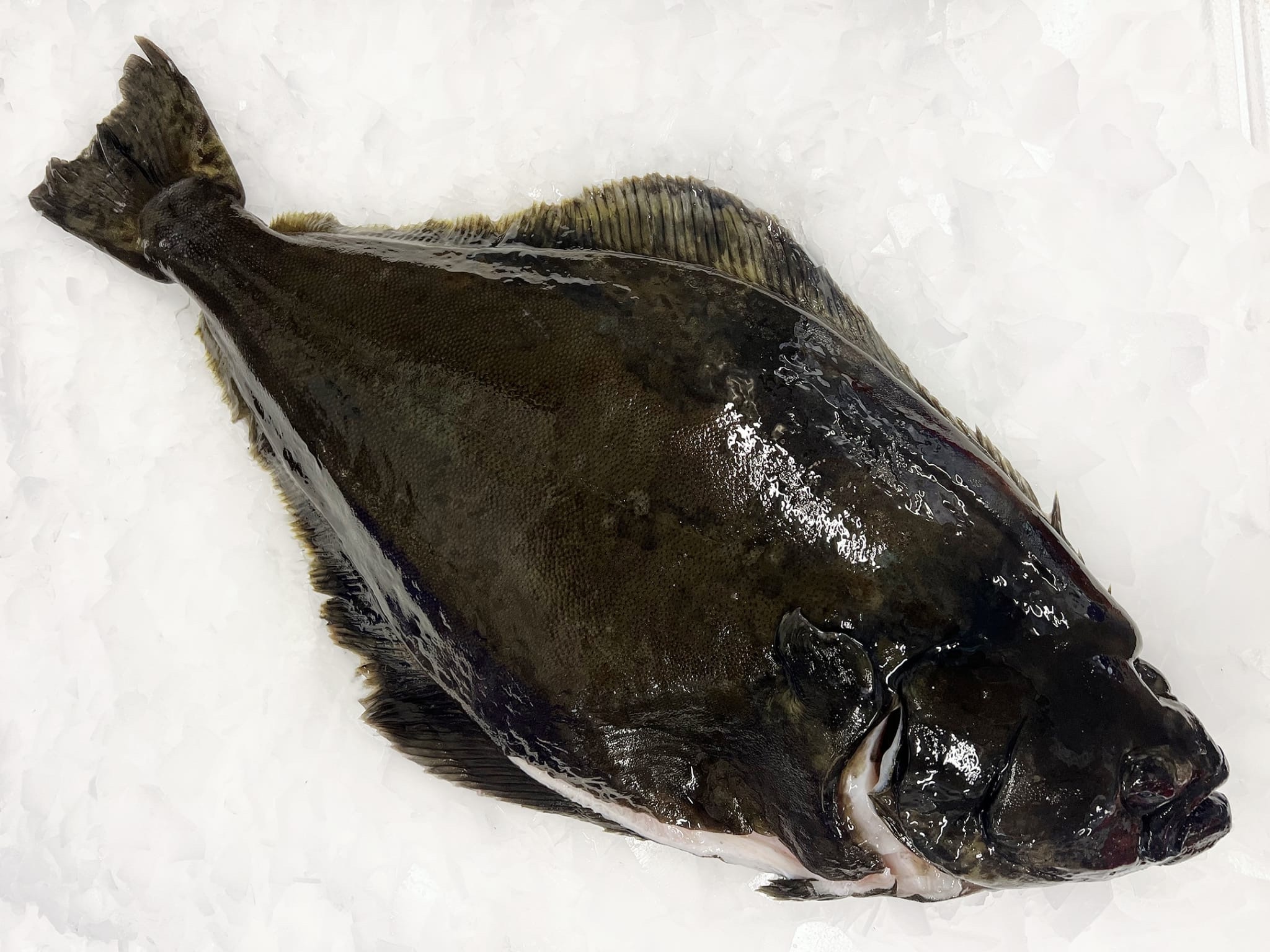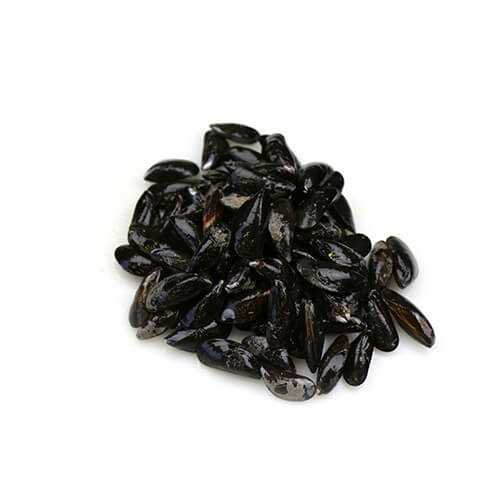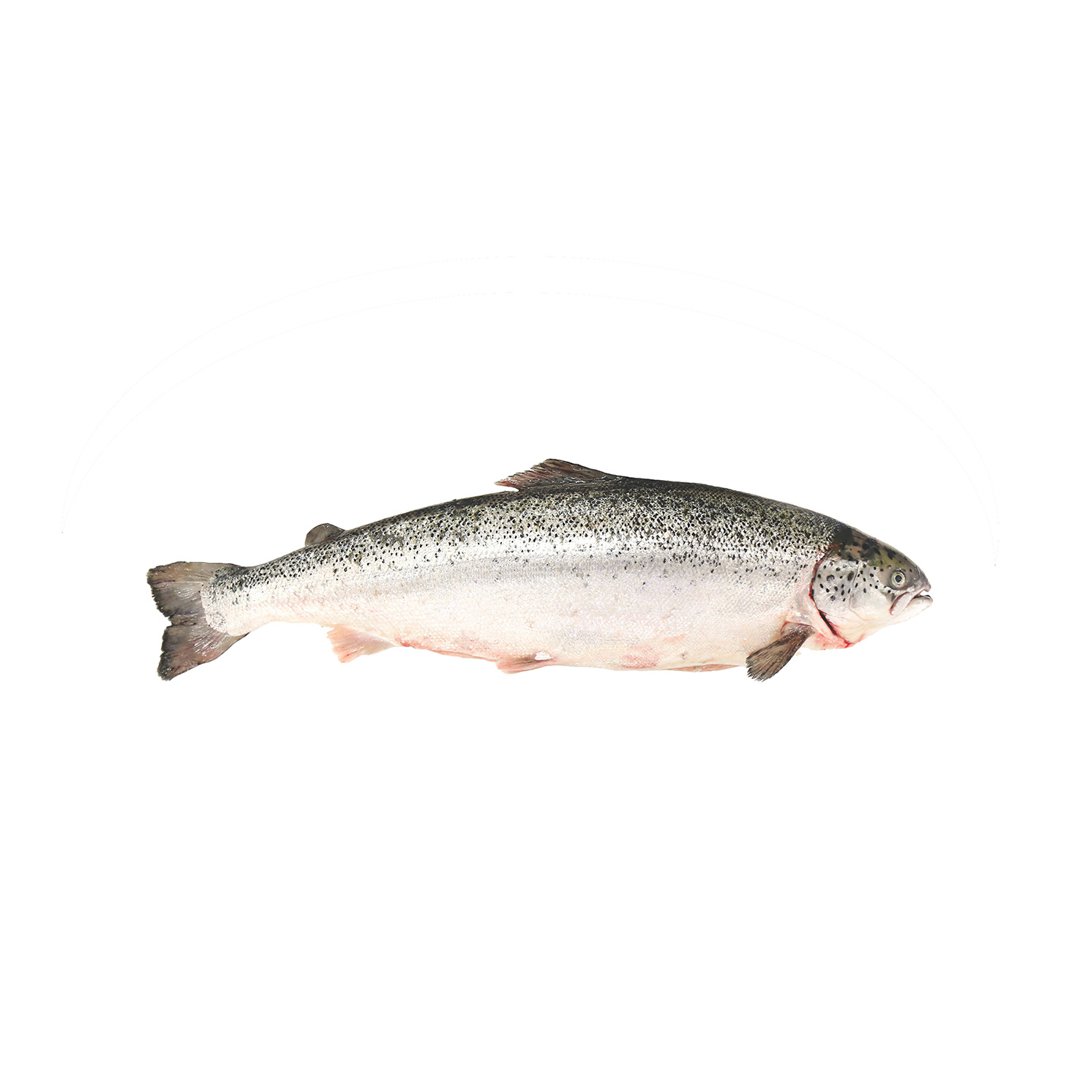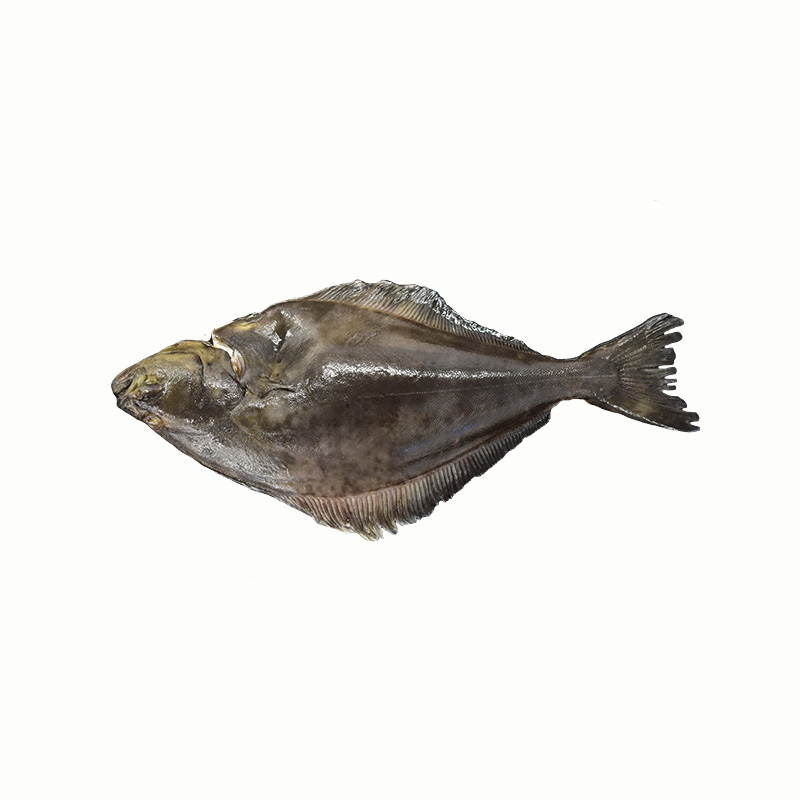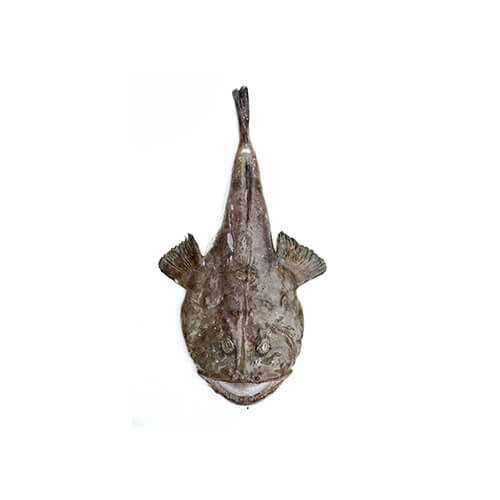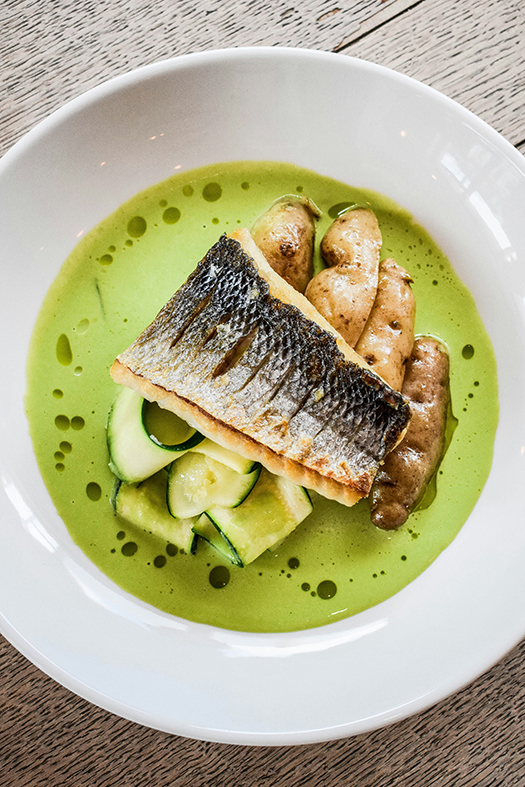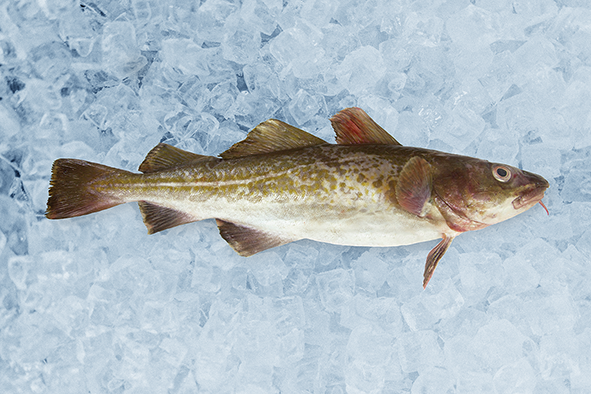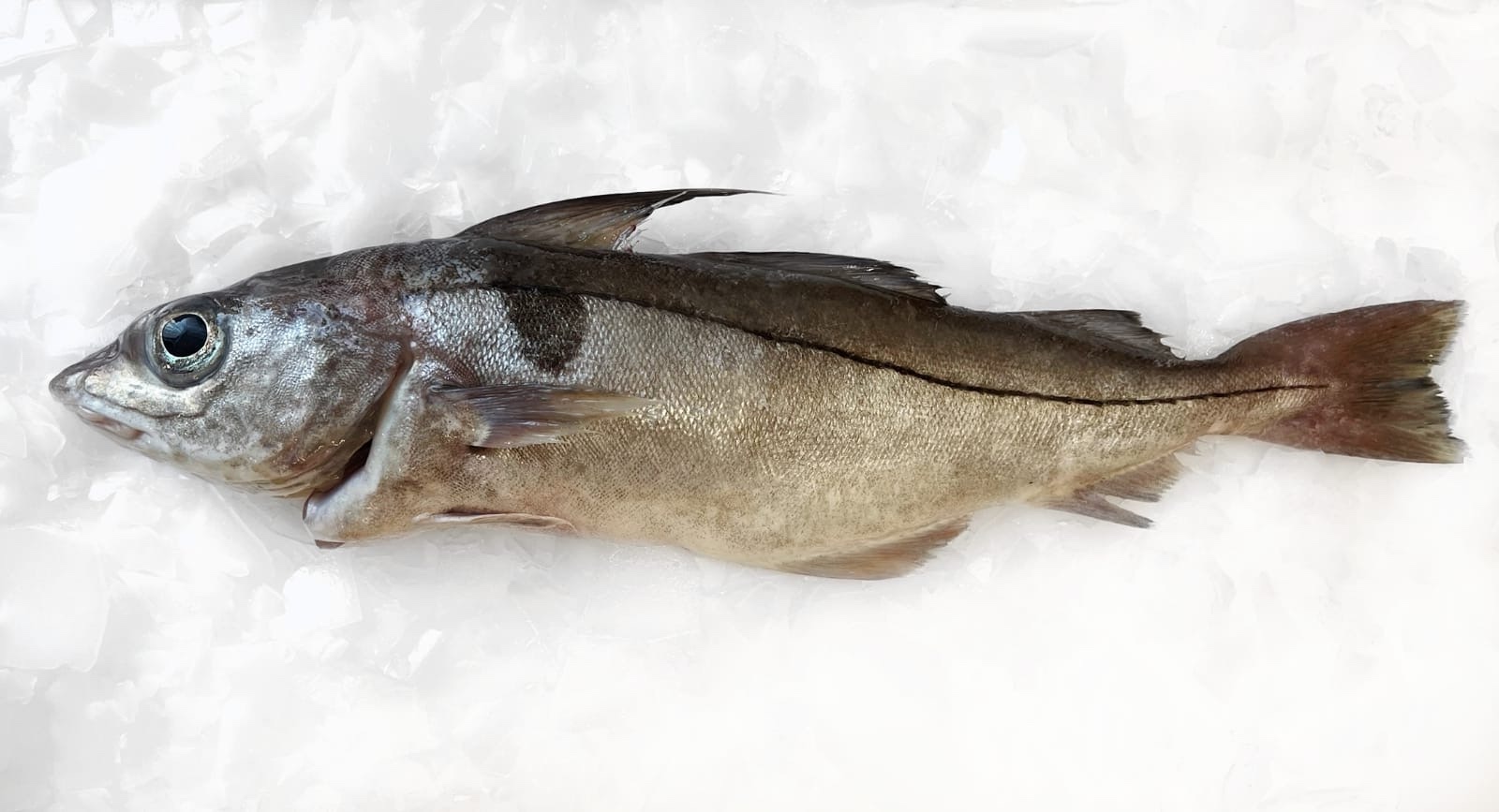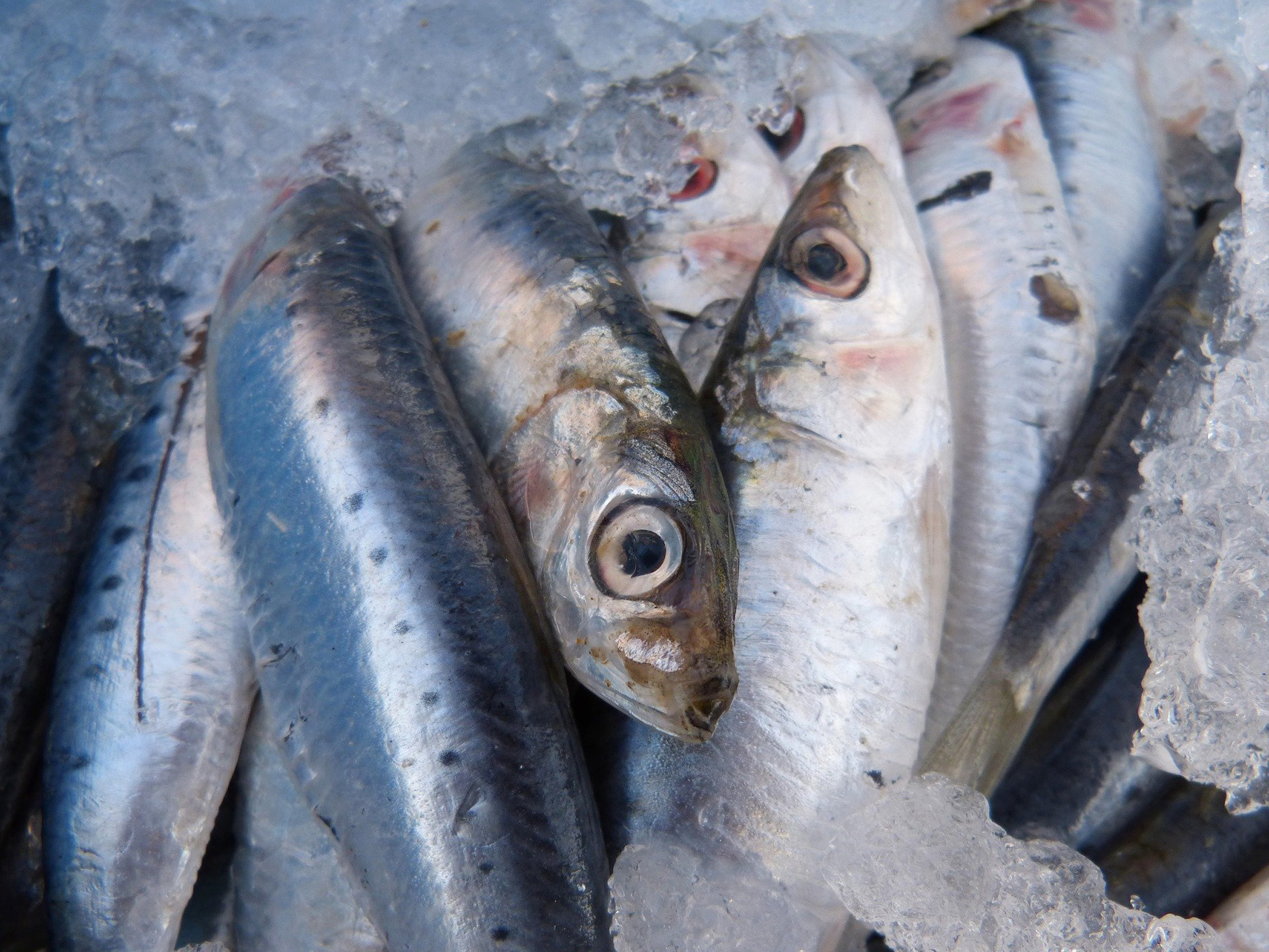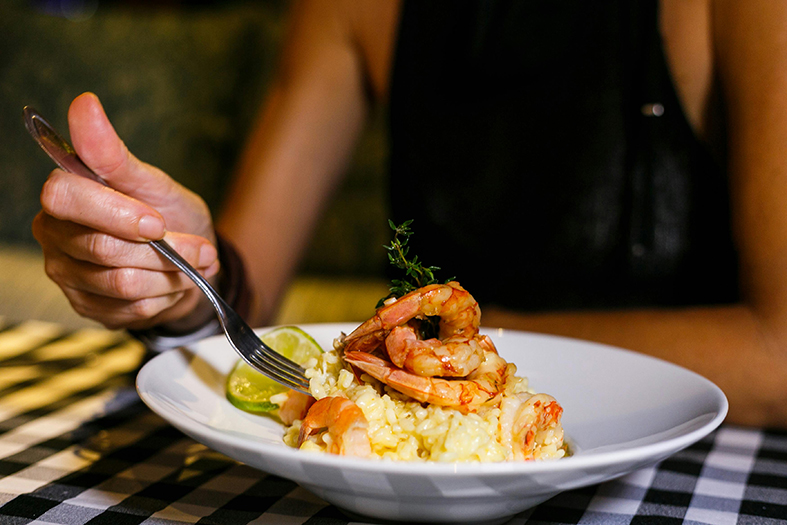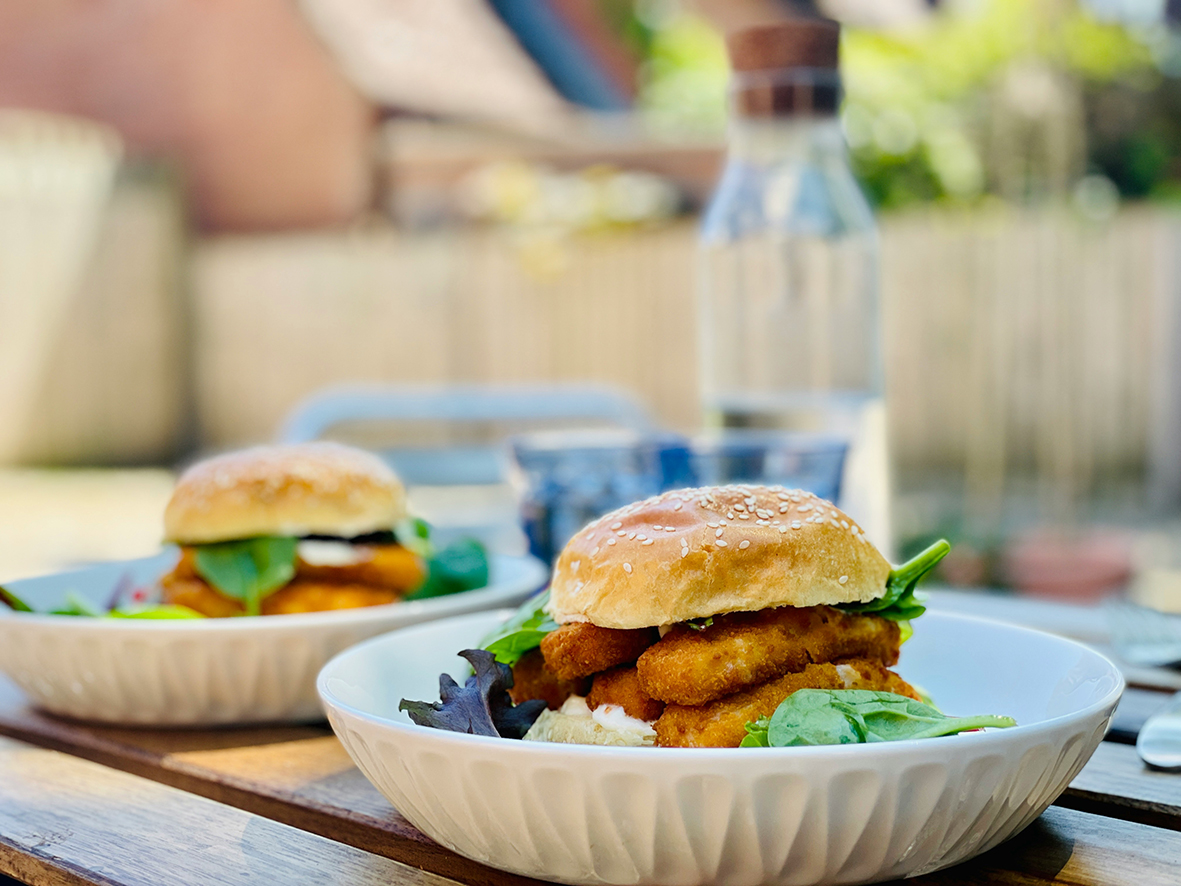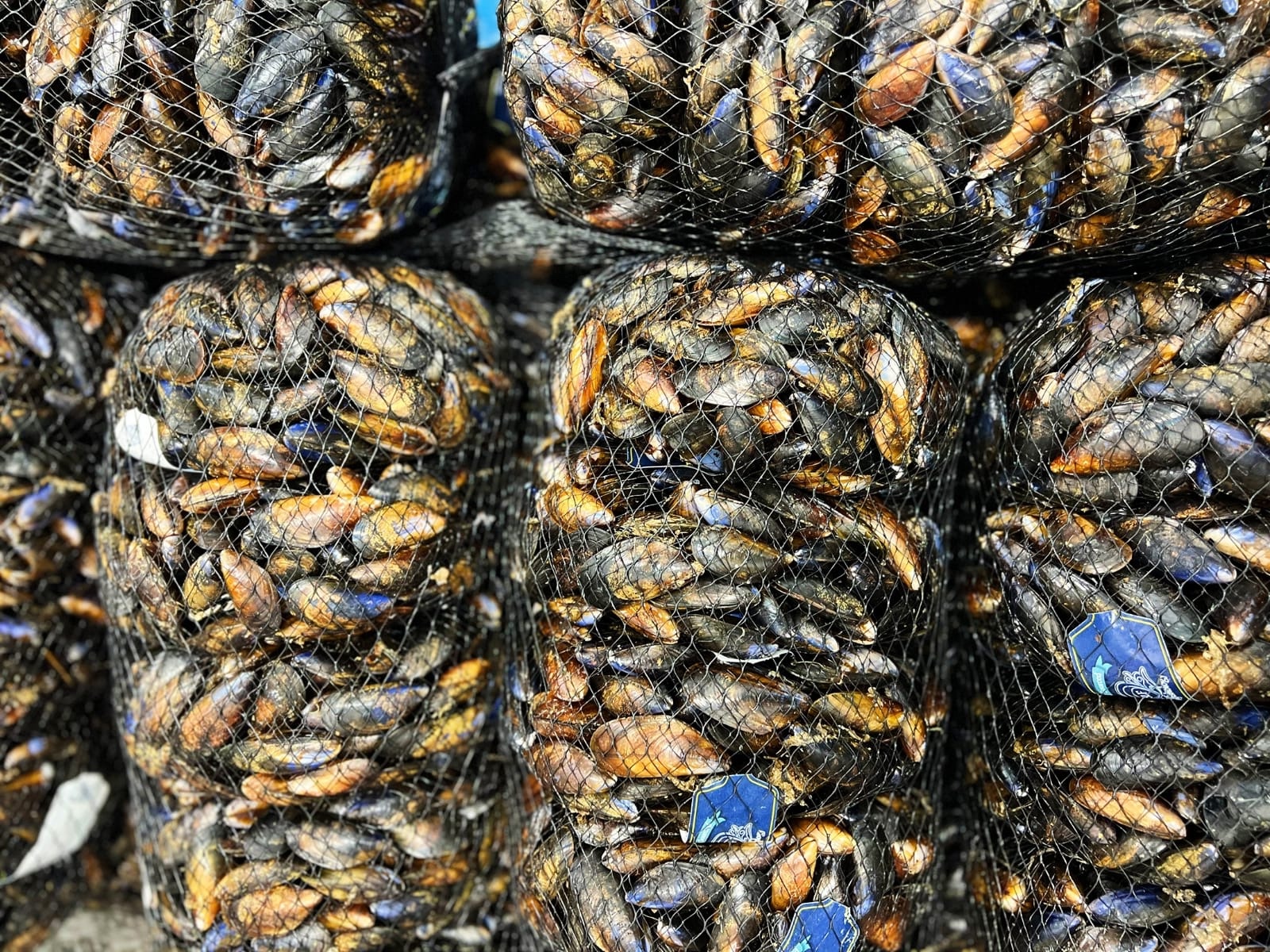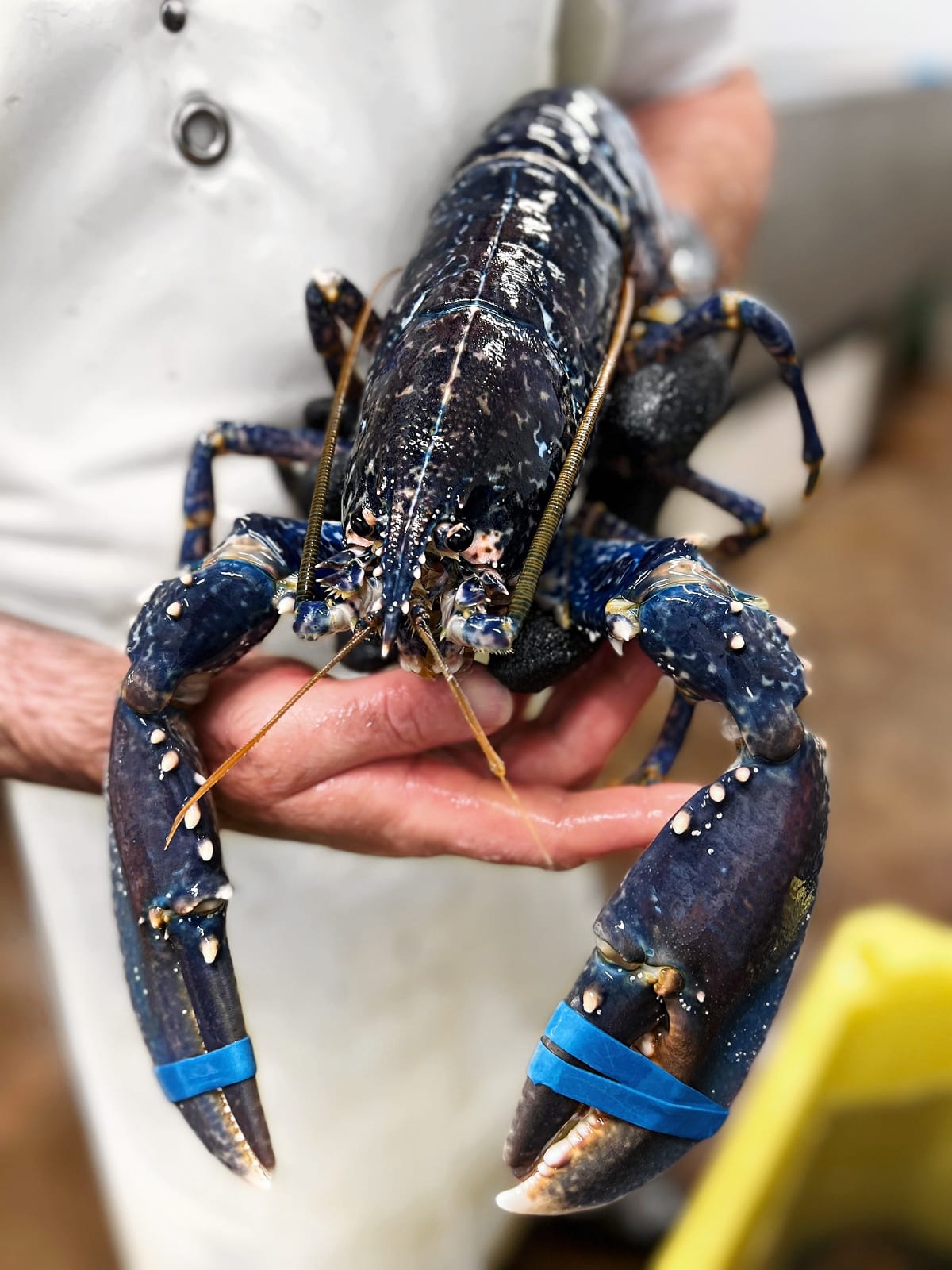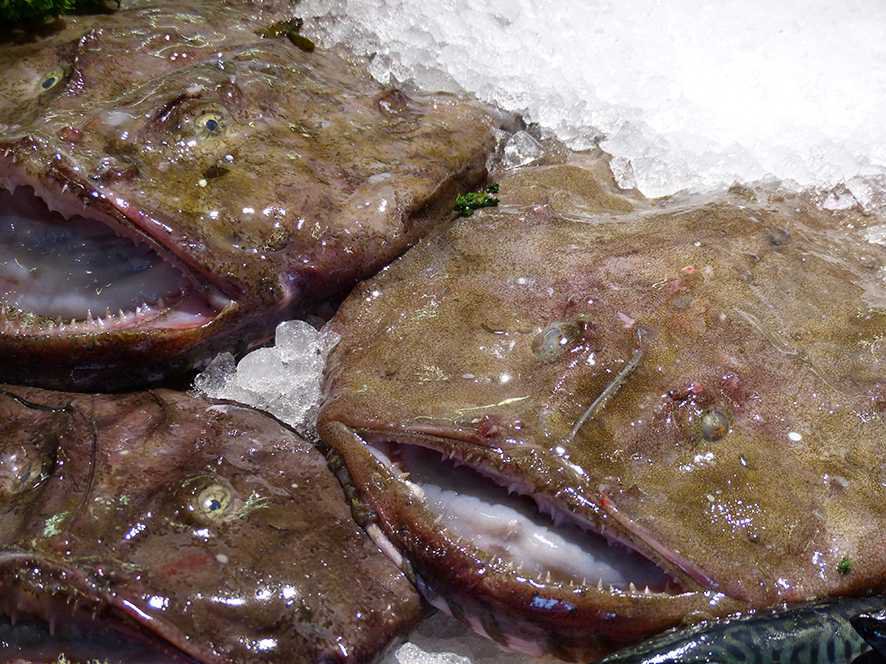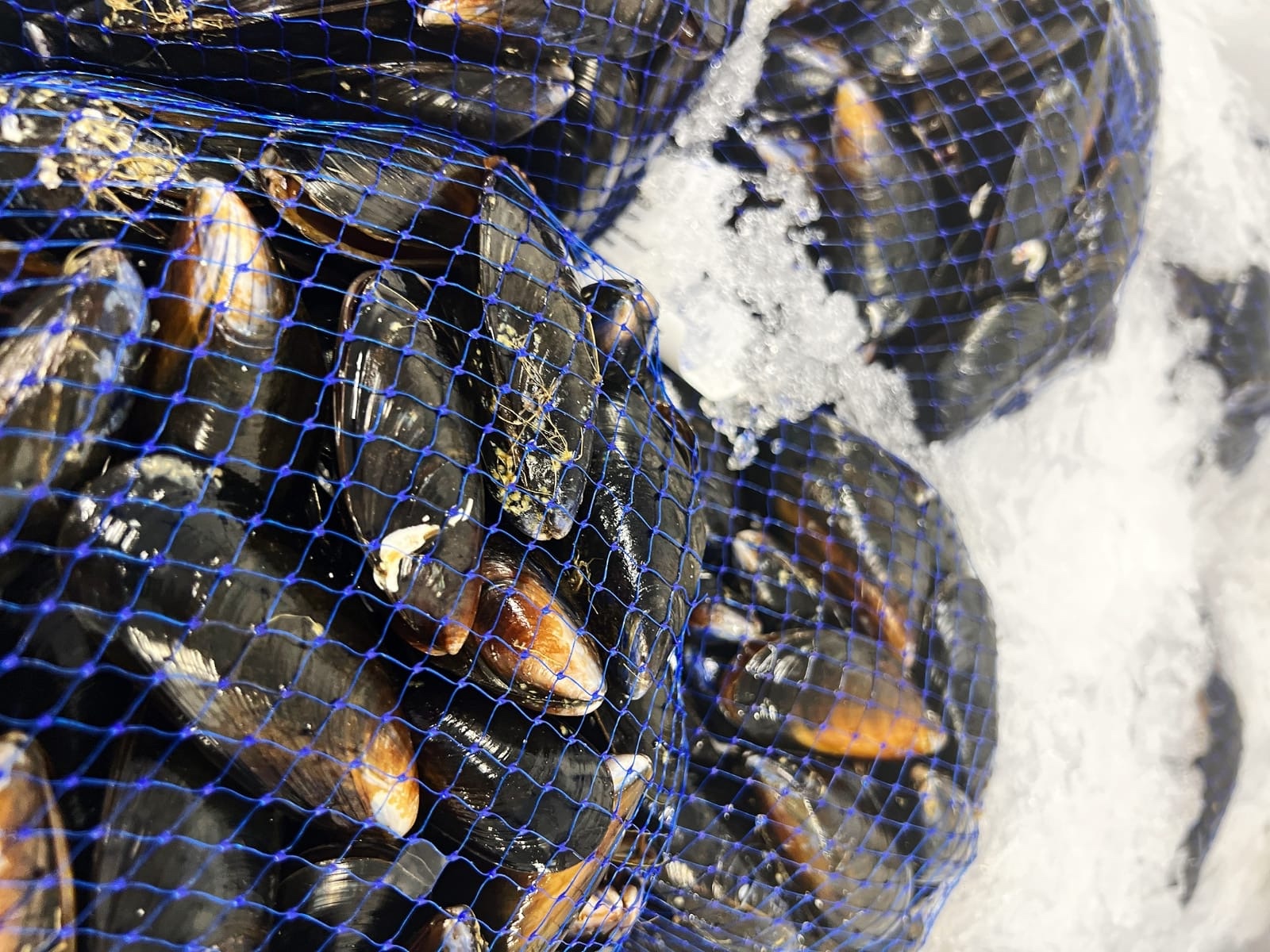Welcome to the autumn 2025 newsletter, which aims to cover the September to November period for the supply of fresh and frozen fish and seafood. Typically, this is the best season for most of our native species. The cooler waters provide excellent conditions for quality bivalve molluscs and most fish are outside of their spawning periods. This means that you will see the best quality at this time of year. With the worst of the weather typically presenting December through to February, we are hopeful of good landings all around our native coastlines. There should be a great selection of fish available – particularly for those specials boards. Contact your account manager for ideas to differentiate your menus.
The whitefish market is still extremely volatile with demand currently outstripping supply. Sanctions on fish of Russian origin are impacting availability, with Russia historically accounting for 40% of global whitefish production. This is exacerbated by the recent recommendation from the International Council for the Exploration of the Sea (ICES) and the Joint Russian-Norwegian Arctic Fisheries Working Group that the 2026 Barents Sea cod quota is cut to 21% less than in 2025. It is inevitable that prices will rise across all whitefish as all buyers seek out alternatives. There are a great number of options in the whitefish sphere, but any surge in demand for any one of these will create shortages and price increases. With fish and chips remaining a customer favourite in pubs, restaurants, leisure, education, healthcare, and hotels, we urge all customers to list on menus as “fish and chips”. Any commitment to a particular species in these volatile times means the potential of expensive menu re-writes and time-consuming front of house communication if your choice is impacted by supply shortages. An element of flexibility in the menu description means that we can substitute other species in such instances to ensure 100% order fulfilment.
It is worth, at this juncture, noting that we must all remember that circa 50% of fish is wild caught. As the world’s last great hunted resource this means that we are always at the behest of the weather, spawning and migratory patterns, and climate change. This is notwithstanding the impact of global politics which seems ever present. Some of the patterns we are seeing in the availability of wild fish are not always explainable. As an example, the invasion of octopus that we have seen this year in the Southwest has had a serious effect on the shellfish industry. With these cephalopods entering crab and lobster pots and consuming our native favourites, fishermen are hauling the pots and finding empty shells. Conversely, the major octopus fishing area of Morocco are seeing a severe decline, causing some to speculate that stocks have moved northwards. Add in the Marine Conservation Society advice to avoid octopus due to concerns over sustainability, and it’s a confusing landscape. It is impossible to legislate for these unpredictable factors in supply, and we take no pleasure in being unable to supply any product line. We must continue to diversify our tastes in fish to ensure the sustainability of stocks in the future. We continue to work on projects in the UK and globally to bring new developments and ideas to the table to combat these pressures.
We have enjoyed one of the driest summers on record. Whilst the lack of rain has not been good for our farmers, it has helped to drive customers into pubs, restaurants, and events for al fresco dining. To keep the momentum going, get in touch with your account manager for ideas to fill your autumn menus. It’s the ideal time for fish, and it is also worth starting to have those conversations around festive menus. If you are contemplating using some of our wild native species such as lemon sole, monkfish, turbot, or hake, you would be well advised to consider asking us to freeze down some volumes whilst the fish is abundant and competitively priced. Please also talk to us about our scallop medallions – a fantastic alternative to roeless scallops during this time of high prices (read on for more about that!).
Natalie Hudd, Director of Sales, Direct Seafoods.


